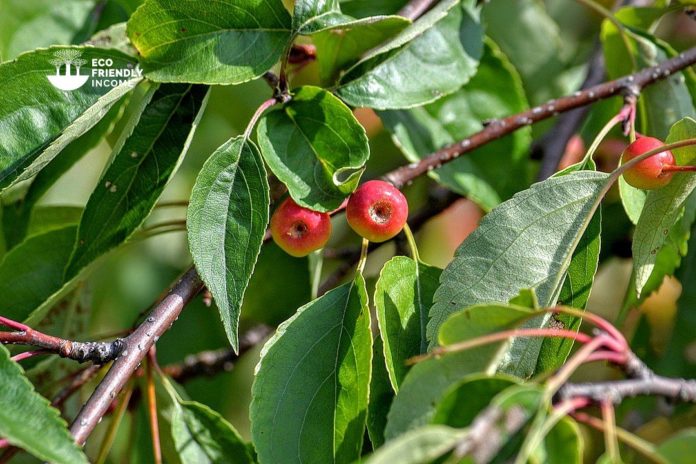
Featured Photo by Joanna Boisse / CC BY-SA 4.0
Featured Photo by Joanna Boisse / CC BY-SA 4.0
This guide is meant to teach you how to propagate Siberian Crabapple (Malus Baccata) and hopefully make it easier for you to sell them at your own nursery.

Hardiness Zone: 2 – 7

Soil Type: Well-drained, loamy, moist, sandy, and clay soils

Water: Normal. Drought Resistance

Exposure: Full Sun
Siberian Crabapple (Malus Baccata) is a deciduous tree hardy up to hardiness zone 2. There are a few characteristics that can help you identify Siberian crabapples.
How to Identify Siberian Crabapple
Bark
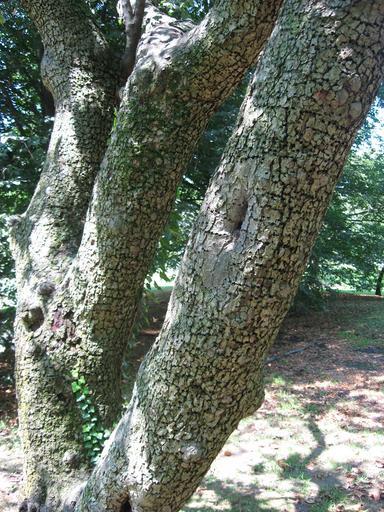
When young, Siberian crabapple bark is smooth and grayish brown. It develops cracks, splits, and gets scaly patches with age.
Leaves
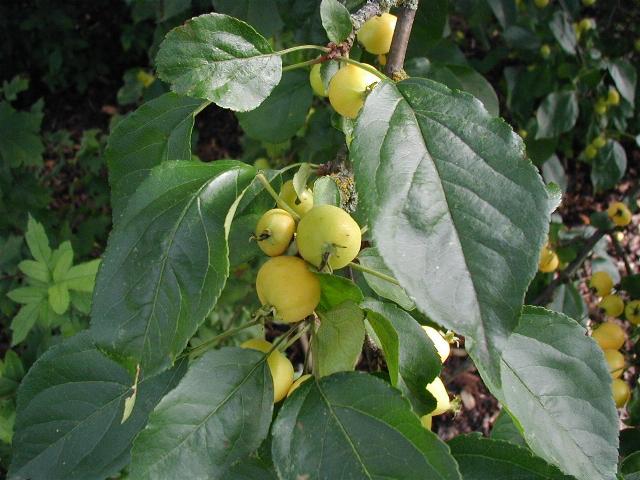
Siberian crabapple leaves are egg-shaped (ovate) to oblong-shaped, with serrulate margins, sometimes lobate or irregularly serrate, and grow in alternate arrangement.
They grow from 2-4 inches long and their color is dark green above, and paler below.
Flowers
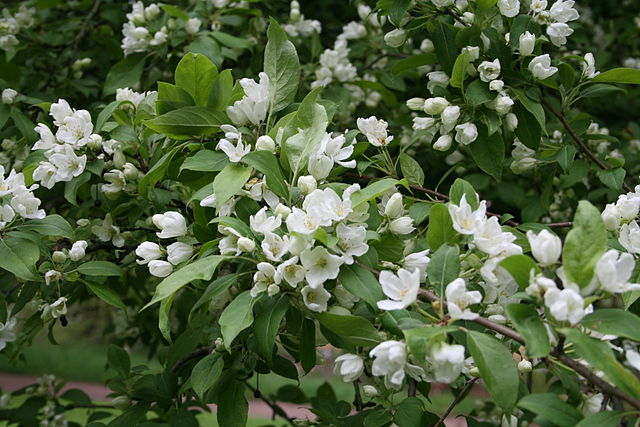
Siberian Crabapple blooms into showy clusters of small white flowers. They have a pleasant fragrance and appear in late spring to early summer.
Fruits
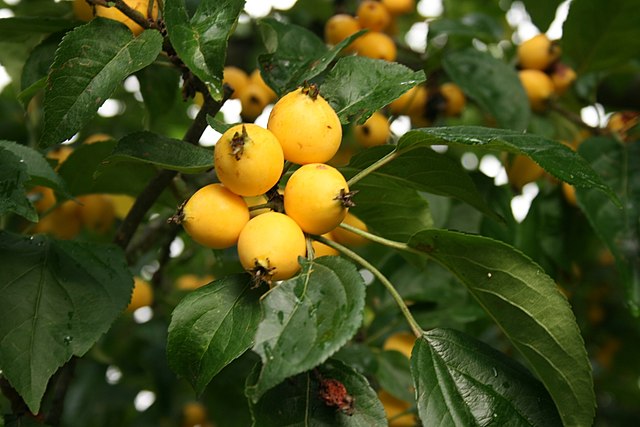
The fruits form in clusters of yellow to red, small (1/2 to 3/8 inch in diameter) pomes. They are showy, ripen in fall, and persist through the winter.
Are Siberian Crabapples Edible?
Crabapples are edible! You can dry them for later use but fresh they have a highly astringent taste. It’s when you transform them properly that you can make a variety of things.
Interestingly, they are particularly high in Vitamin C, and also contain minerals like calcium, iron, potassium, and copper.
Did you know? In folk medicine: crabapple paste is applied to the forehead to relieve headaches.
Siberian crabapples make great cider. You can also turn the crabapples into jelly, syrup, and jam. Rural Sprout mentions how to cook with crabapples.
Habitat
Siberian crabapples grow from open forests areas to elevations of 1800 – 3600 meters.
They are native to Siberia, Northern China, and the Himalayas.
They were brought to America and propagated mainly as ornamental trees.
If you look at their habitat range on the USDA Plants Map, currently they are mostly grown around the great lakes area.
Lifespan
Siberian crabapple are extremely hardy and under optimal conditions, they can live well over 100 years.
In a backyard setting, they can live from 30-40 years safely, then slowly decline from there.
Commercial value
Siberian Crabapple lumber has limited value because the wood is rarely large enough to be worthwhile.
They have great commercial value as landscape trees.
It’s a beautiful ornamental tree for front yards and it attracts all sorts of wildlife.
Additionally, they are great small trees for farmstead windbreaks, riverside plantings, and highway beautification.
Wildlife Value
Siberian Crabapple is a beneficial tree for a variety of mammals, birds, and insects. Their fruits who persist through winter provide a continuous source of food.
For example, winter birds like finches, chickadees, and cardinals like to gather around the tree.
Squirrels and other small rodents love to feed on the fruits that drop on the ground.
Some species of insects like butterflies and bees stop by to collect nectar from their flowers.
Occasionally, big mammals such as moose also come to browse on the trees.
Best Way to Propagate Siberian Crabapple
How to Propagate by Seed
One sure way to propagate Siberian crabapple is by planting its seeds.
First, there are a few things to do before, if you can’t buy seeds online, you can harvest some yourself.
They’ll also need to go through stratification.
How to Harvest Siberian Crabapple Seeds
You can get them from the ripe fruits in August or early September.
The best way to do this is the crush them, filter the juice, and flesh them out with a sieve.
Here’s what they look like:
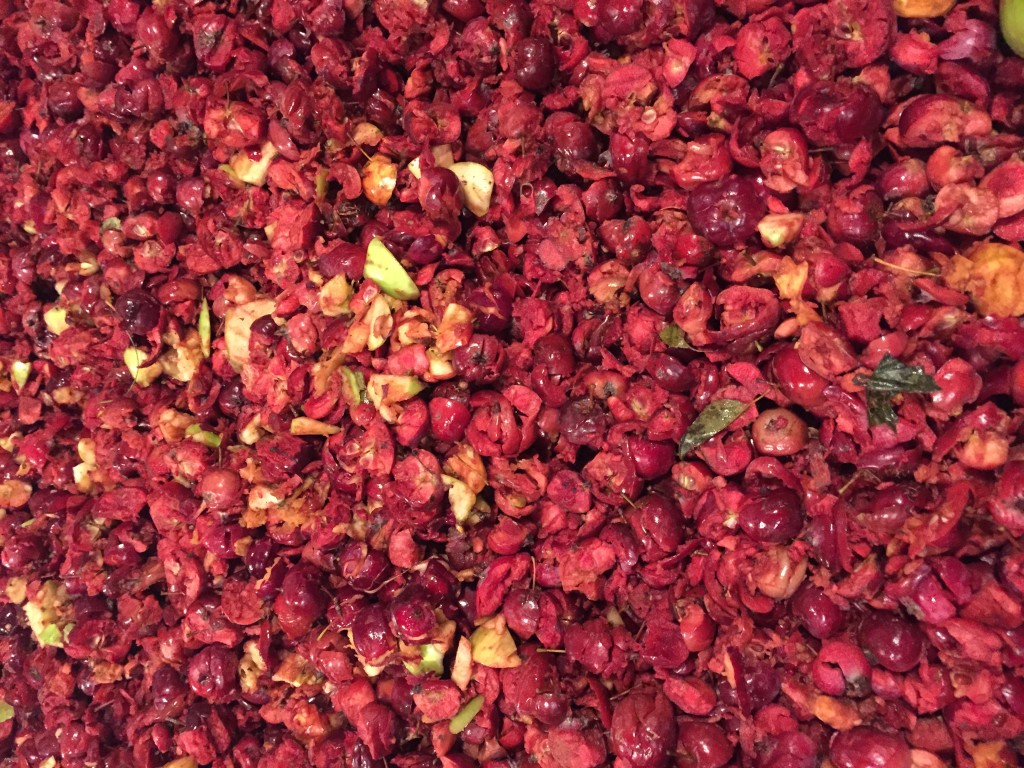
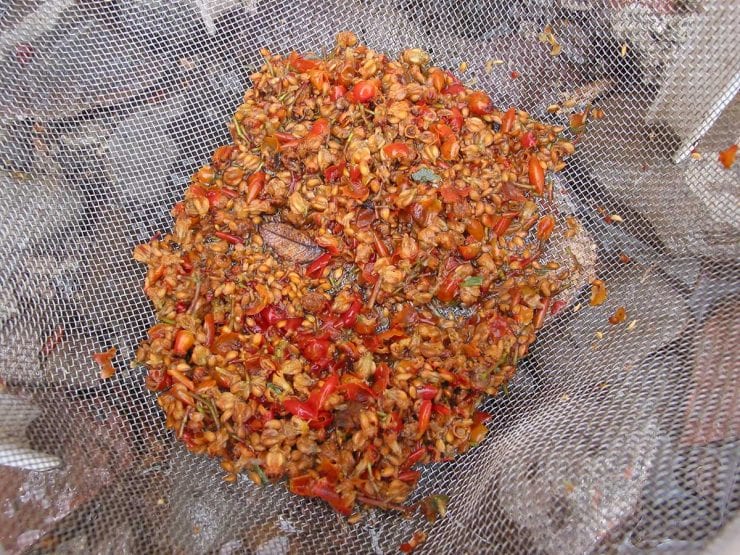
After you separate the flesh from the seeds, rinse off, let them dry for 24 hours, and store them in a dark place.
Alternatively, you can order Malus baccata seeds online here at Sheffields.
Siberian Crabapple Seed Germination
You’ll need to reproduce the natural process for your seeds to germinate. Here’s how to do it in 3 easy steps:
- Scarify: Soak in water, let stand in water for 24 hours
- Stratify: Place in ziplock bag with a little bit of sand, moisten, then keep in regrigerator for 30 days.
- Germinate: Sow seed 1/8 inch deep , tamp the soil, then mulch the seed bed.
After that, keep even moisture throughout the growth cycle (don’t allow it to completely dry).
Finally when they’re ready to transplant, 6-12 inch deep pots filled with 50/50 peat moss/sand is perfect.
Alternatively, you can just place them in pots with compost/sand outside during the winter. It’s important to make sure they don’t dry out and that they’re safe from vermin.
That way they’ll germinate the following spring.
How to Propagate Siberian Crabapple with Cuttings
The easiest way to propagate Siberian crabapple with cuttings is with semi-hardwood. That’s new year growth that’s gone partly hard.
Very important: Take your cuttings only from young, healthy plants. Older trees lose their ability to regenerate over the years.
Timing is also key. You want to start your cuttings after blooms have disappeared entirely and new leaves appear fully formed.
The ideal time to take Siberian crabapple cuttings ranges from the end of May to the end of August.
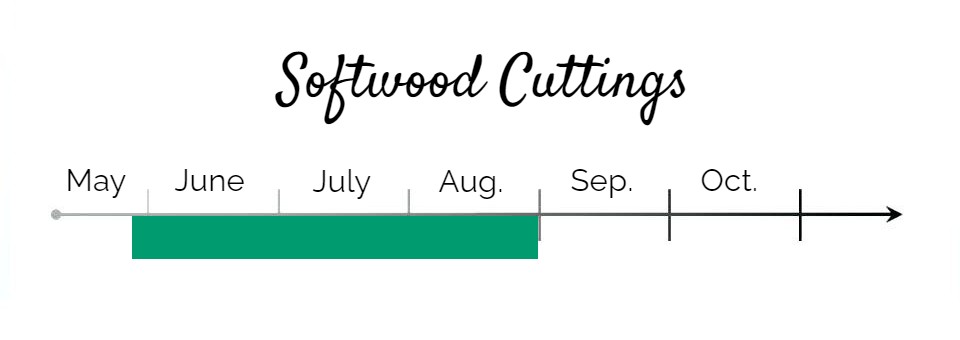
- First, identify a branch that’s got new growth on it. Inspect closely to see the difference between old growth and new growth.
- Find a piece of branch that’s not firm, brown old growth, it’ll be green but by now it will have gone semi hard.
- Snip a cutting just below a node, make sure the width of the cutting is not too thin, 1/4 inch width is fine, and they should be 6-8 inches long. Remove leaves except for 1-2 at the top, if they are too big cut the leaves in half.
- Wound the base of the cuttings with a vertial line on opposite sides, about 1 inch long.
- Dip in rooting hormones and then plant into your sandy propagation beds.
- Keep watering the rooting medium, sand shouldn’t be too wet but it should stay moist.
- With proper warmth and moisture, roots should form within 4-6 weeks.
Recommended rooting medium: Peat moss or sand with perlite mix.
That’s it, that should have you covered to multiply your trees!
Let’s go propagate Siberian crabapples!
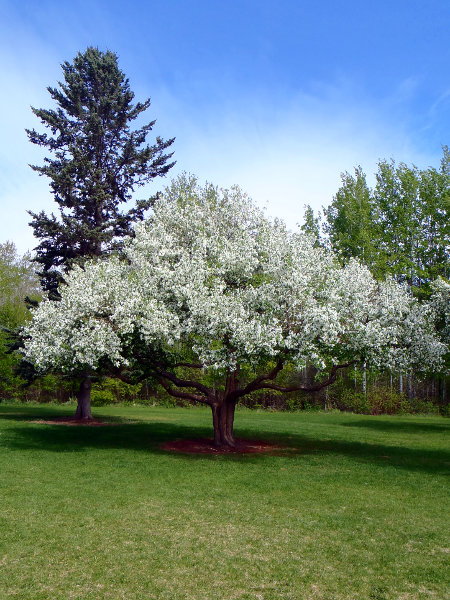
Got any questions or tricks to add? Don’t be shy to comment below and spark up a conversation!
